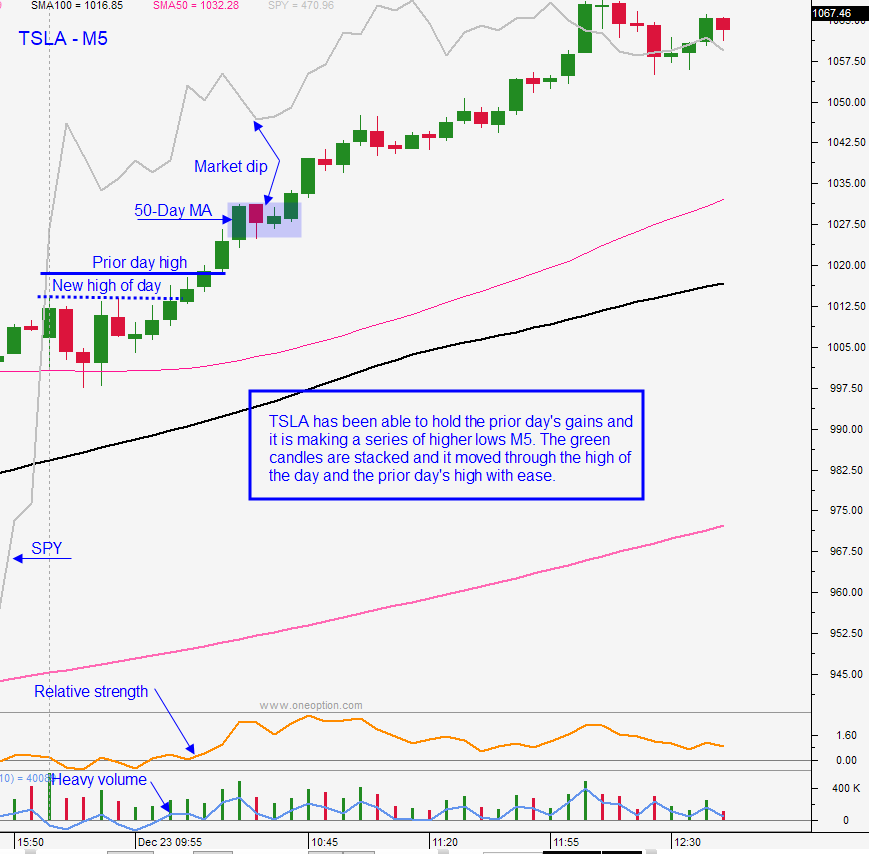Question
I’m playing a stock that I believe will increase quickly so I bought simple calls on it. The problem is that I want to protect my profits without being whipsawed when I’m ahead. Should I use a trailing stop, or a contingent order (based on the target price of my stock) to sell my options. I know that with trailing stops, it is difficult to determine the bailout percentage since their are many variables involved and the chance of being whipsawed is high.
Answer
Great question. As I write this, the S&P 500 Futures have been as volatile as I can remember in 20 years of option trading. One day they are up 40 points and the next day they give it all back. The market has pulled back 20% off of its highs and recently formed a double bottom. Consequently, I expect the volatility to continue.
There are a number of ways to manage profits. In a market like this, you have to take profits on call options when they present themselves. I suggest scaling out of the position on strength. If the stock continues to rally and the market is moving higher, scale out passively. As the position is reduced, you will find that the remaining stock options are much easier to manage since you already have money in the bank. If the move stalls and the market weakens, get out of the remaining position. You also need to watch support and resitance levels. If the stock is approaching a resistance level and it is struggling, exit part of the position. If the stock blows through a resistance level, it may have room to run and you can stick with it as it starts its next leg.
If you have a market that is strong and trending, you can stay with the option trade much longer and a moving stop works well. The term trailing stop usually refers to a dynamic stop that follows the stock up and gets you out on the first intraday reversal. I don’t like to keep such a tight leash on my option trades. Your risk is limited on option trades and the bid/ask is wide. As a result, you need to give the stock some room to move. I don’t base the stop on the options, I use the stock since it is much more liquid. Using this exit strategy, I identify a support level and I place a conditional order to get out. On a daily basis, I re-evaluate the strength and determine the next price level. This sounds like a very short term trade so I would use a short term support level. You can use the 5-day low or a 10-day EMA if you want to give the trade a little room to move. If you want to keep your trade on a tight leash, you can use the prior day’s low or the mid-point of the last big up-day.
The market, the momentum of the stock and support/resistance levels all determine your option trading exit strategy. I always like to scale in/out and that is even more important when the market is choppy. There is no better feeling than placing an outrageous limit and watching the buyers reach for your price.
In trending markets you can let your winners run. In choppy, range-bound markets, take profits or they will vaporize.









